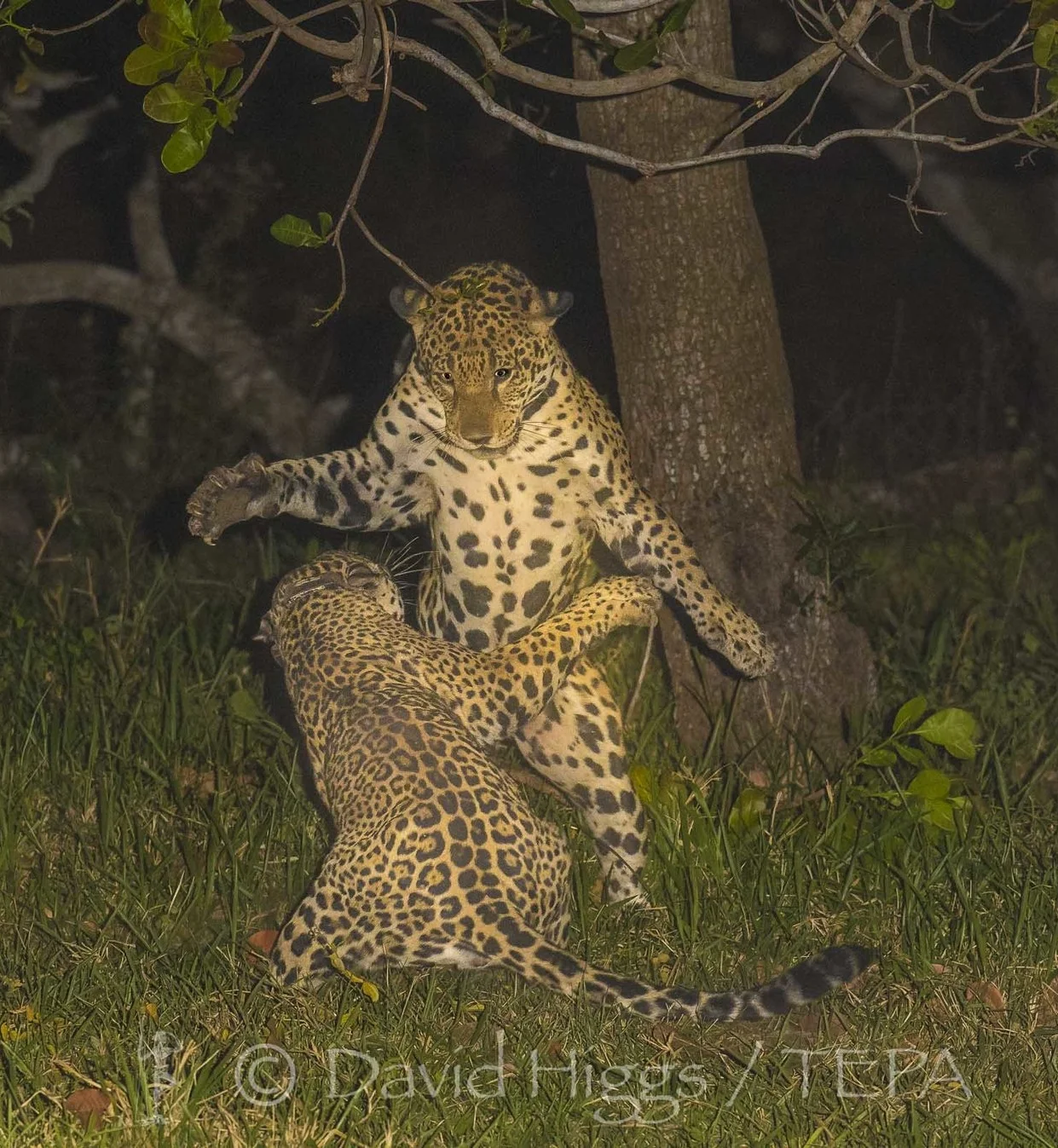At Caiman Ecological Refuge a Nelore bull comes to drink from a pool, unaware that a jaguar is lurking metres away in a roadside culvert. On Estância Caiman, a 53,000ha ranch running around 35,000 head of cattle in Brazil’s Pantanal, jaguars kill more than 200 cows (<0.6%) annually. Once, such predation would have been met with swift reprisal. Since the founding of the Onçafari Project, Caiman is now a beacon for jaguar conservation in the Pantanal, one of the main farming regions of Brazil, demonstrating that tolerance and the potential for wildlife tourism more than compensates for this formidable predator’s penchant for fresh beef.












